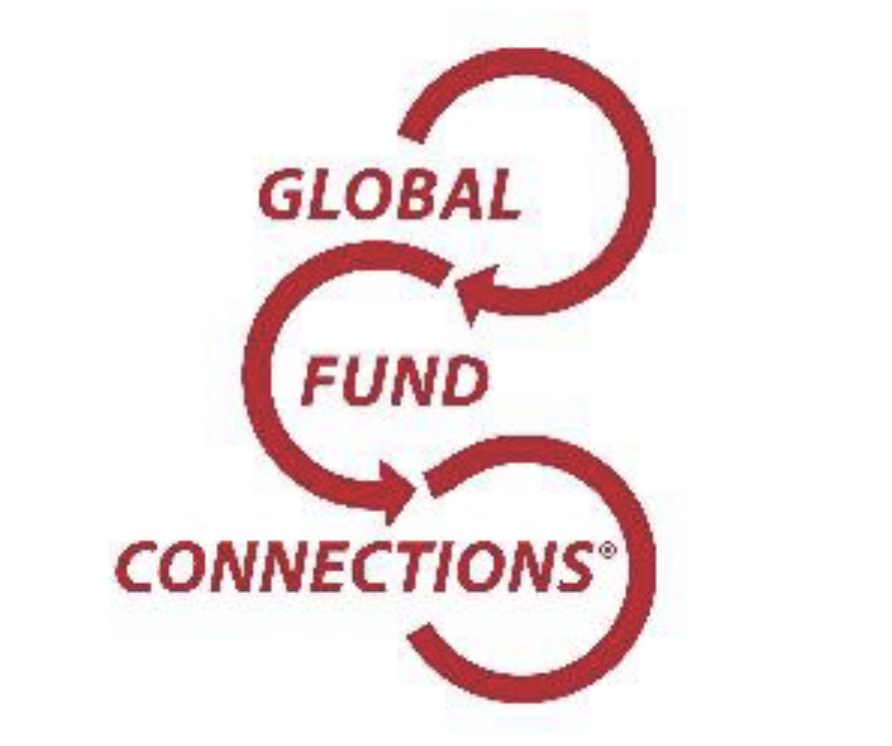About
Background
The Global Hub & Spoke System has its origins in the third party U.S. fund administration business previously operated by the founder and several of the principals of GFX. This earlier business was based on the customization of fund structures for each of its clients and their markets and investors.
The original structure was known as the Hub & Spoke structure and was designed as a form of master-feeder but with a master portfolio with the lowest possible expenses, no brand name and a pass through for tax purposes. The first Hub & Spoke funds were U.S. mutual funds for customers of Citibank with each Spoke fund designed with a separate brand name and aggregate expense ratio for a separate part of the bank. Other Hub & Spoke fund structures were created for other clients, including Seafirst and Bankers Trust. All of these structures were similar to share classes but with greater flexibility at the fund level.
The operations at the Hub portfolio level were then revised so that the Hub portfolio would not be deemed to be in a U.S. trade or business. This revision permitted Cayman, Bahamian and other non-U.S. funds to invest in the Hub portfolio without becoming subject to U.S. taxation. These Hub portfolios were then used for Citibank, Chase, JP Morgan, Brown Brothers, Swiss Bank, UBS and Deutsche Bank for both the customers of their U.S. funds and their non-U.S. funds. A non-U.S. fund of Chase operating in this structure was then approved for sale in Hong Kong.
Brown Brothers had a Cayman fund with outstanding performance and a need to replicate it for its U.S. customers. The Cayman fund was converted into the Hub & Spoke structure and a new U.S. fund was organized for Brown Brothers customers. Since the newly-organized U.S. fund was investing in a pre-established portfolio, it was able to assume that portfolio’s track record as its own in its initial prospectus.
Bankers Trust had a Hub portfolio in which several BT funds invested but which was not separately branded. This permitted an unaffiliated fund being operated for a group of unaffiliated community banks to invest in that Hub portfolio, use its track record and benefit from its critical mass while continuing to control its aggregate expense ratio and use its own brand name.
In addition to fund administration clients, the Hub & Spoke structure was adopted by several asset management firms which had no need for administration services but which wanted to license the know-how and software which had been developed. These firms included Eaton Vance, Van Eck, Neuberger & Berman and Standish Ayer. These license arrangements are the model for the current business of GFX.
The legal design of the Hub portfolio was then changed so that the same functionality was achieved through a series of inter-related contracts rather than as a legal entity. This revised design was then renamed and is the origin of the current Global Hub & Spoke System of GFX. Generically this type of design is often referred to as “virtual pooling”.
The first application of this revised design was made for a Swiss bank which had a sub-fund of a Luxembourg umbrella which it wanted to replicate in the U.S. Although the regulatory review process was substantively completed the project did not go into effect for commercial reasons.
These development efforts have continued to evolve so that the current Global Hub & Spoke System can accommodate ETFs and Spoke funds which enter into derivative instruments or invest in additional assets
Staff and Advisors
The staff and advisors of GFX are a group of industry executives with experience at leading asset management firms (e.g., MFS, BlackRock, Schroders, Rothschild, Henderson, Citibank, Smith Barney, Delaware, Warburg Pincus, Wasatch, Chase, NY Life, Wellington and Signature Financial Group), and educated at leading law schools (e.g., Yale, Michigan and Georgetown), business schools (Wharton, Rochester) and graduate schools (London School of Economics).
